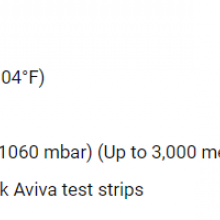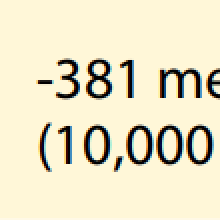Starting from 7 November 2019 the FAA is allowing insulin dependent diabetics to qualify for 1st and 2nd class medical certificates provided they go through an evaluation and use an approved CGM (Continuous Glucose Monitoring) device.
Improved insulin formulas and monitoring devices has made his condition (which affects at least 15% of human population) very manageable and potential for pilot incapacitation almost negligible, well, at least at a level comparable to other conditions that are allowed by EASA to get medical certification.
In the light of what the FAA and other authorities around the world has done and technological breakthroughs in diabetes management I find it totally unacceptable that the EASA still does not allow insulin dependent diabetic pilots to fly for a living. Leaving aside ATPL or CPL, not even PPL nor the lowly LAPL can get medical certificates if using insulin.
I feel it is about time EASA takes another look at this restriction which is archaic to say the least.










You are not allowed to comment on content in a group you are not member of.
General Aviation